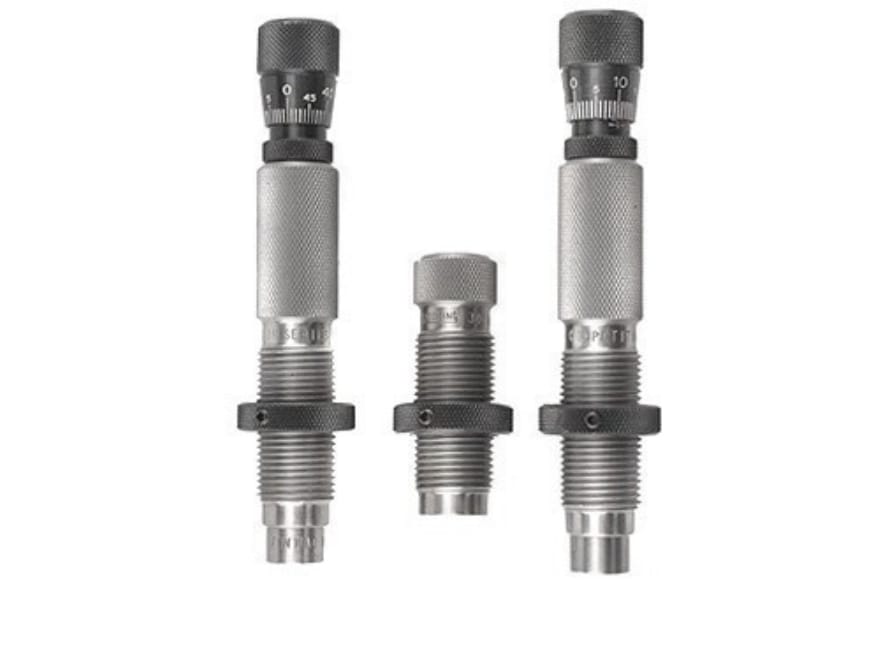I have come across guys whose reloading sequence is a bit different from what i am used to. I get pretty good results (average SD of around 7-8) but there is room for improvement. I was wondering if sequence really matters. Consider the following:
My sequence = de-cap/prime, clean (wet tumble), anneal, FL size, neck size (two separate operations), mandrel, prime, and load
Sequence option 1 = de-cap, anneal, clean (wet tumble), FL size, neck size, mandrel, prime, load
Sequence option 2 = clean, de-cap, anneal, FL size, neck size, mandrel, prime, load
Sequence option 3 = de-cap, FL size, neck size, mandrel, trim (if necessary), clean, prime, load
Sequence option 4 = de-cap, clean, FL size, neck size, mandrel, clean (again), prime, load
Sequence option ??????
One of the considerations to sequence revolves around annealing causing a potential residue to form inside the neck (a metallurgy thing caused by heating then cooling metal) and the need to clean inside the necks after annealing. if cleaning is done near the end before priming, that should address that problem.
Any thoughts?
My sequence = de-cap/prime, clean (wet tumble), anneal, FL size, neck size (two separate operations), mandrel, prime, and load
Sequence option 1 = de-cap, anneal, clean (wet tumble), FL size, neck size, mandrel, prime, load
Sequence option 2 = clean, de-cap, anneal, FL size, neck size, mandrel, prime, load
Sequence option 3 = de-cap, FL size, neck size, mandrel, trim (if necessary), clean, prime, load
Sequence option 4 = de-cap, clean, FL size, neck size, mandrel, clean (again), prime, load
Sequence option ??????
One of the considerations to sequence revolves around annealing causing a potential residue to form inside the neck (a metallurgy thing caused by heating then cooling metal) and the need to clean inside the necks after annealing. if cleaning is done near the end before priming, that should address that problem.
Any thoughts?


